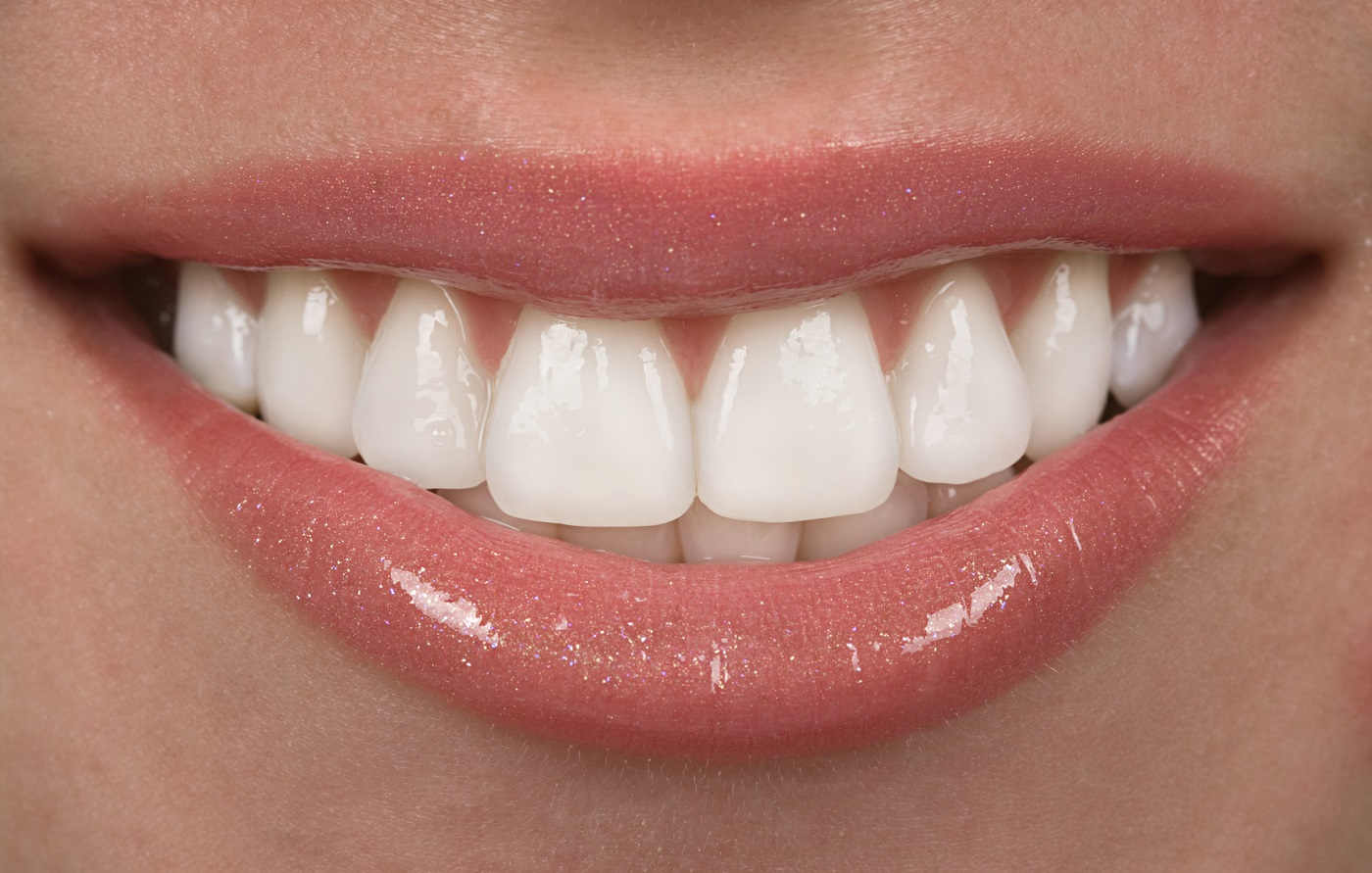
We perform aesthetic teeth shape correction procedures for our patients either during the orthodontic treatment or immediately after the removal of orthodontic appliances.

Contouring, bonding, and porcelain veneers are methods used to change the appearance of your teeth. They are often used together to achieve the maximum aesthetic effect.
Tooth bonding is a method used to correct the appearance of teeth in aesthetic dentistry.
This technique involves applying a small layer of composite resin (bonding) to eliminate imperfections on the enamel surface, including: chips, cracks, discolorations. This method can also be used to correct the shape of teeth (their length, width), restore damage, or close gaps between healthy teeth.


We perform aesthetic teeth shape correction procedures for our patients either during the orthodontic treatment or immediately after the removal of orthodontic appliances.
The composite material used for bonding is characterized by high aesthetic values and is available in a wide range of shades. The color of the composite can be perfectly matched to the shade of the teeth or cover the visible teeth with a lighter color, giving the impression of whitened teeth. Composite can be applied to the teeth and molded as needed, with minimal interference with the natural tooth structure.
Tooth contouring involves changing the length or shape of a tooth by grinding. Grinding is done using abrasive discs, diamond drills, and rubber. Dentists at Meritum know how much enamel can be removed to achieve the desired aesthetic effect without damaging the tissue. After grinding, the teeth are smoothed and polished. It’s worth noting that the procedure is completely painless, does not require anesthesia, and can be done in one visit. For minor tooth shape corrections, contouring can be done together with bonding.
Przy nieznacznej korekcie kształtu zębów konturowanie może być wykonywane razem z bondingiem.

Due to the lack of the need to cooperate with a prosthetic laboratory, this procedure is carried out during a single visit.
After thoroughly cleaning the teeth, the dentist applies the first layer of composite resin called the bond. Subsequently, they apply additional layers of composite resin, matched in color, and mold them accordingly until achieving the desired shape of the teeth. The material is hardened using a polymerization lamp, after which the entire surface is smoothed and polished, giving the teeth a shine and perfect smoothness. Bonding helps teeth resist absorbing pigments and makes them less prone to deposits.
Beautiful smile in 1 day – Bonding is a method for people who value time and quick results. The procedure is done in one visit, the duration of which depends on the number of teeth undergoing the procedure.
Cost-effective alternative – Bonding and tooth contouring are more economically favorable solutions compared to ceramic-based prosthetics, as there is no need for involvement from a prosthetic laboratory.
Safety – Bonding is a gentle and minimally invasive method. Its application requires only a very superficial intervention in the enamel, leaving deeper tooth tissues untouched.
However, it’s important to remember that the effects of the procedure are less durable than those of prosthetic treatment, such as placing porcelain veneers. After the procedures, the patient should pay special attention to oral hygiene and remember to have regular check-ups every six months to polish the bonded tooth surfaces.
A contraindication for bonding is bruxism, habitual teeth clenching. However, this can also be addressed. The dentist may suggest wearing a special night guard resembling a removable orthodontic appliance.
Patients opting for tooth contouring and bonding should be aware that both techniques are primarily used for minor corrections of tooth shape or color changes, where there’s no need for tooth preparation (grinding) for porcelain veneers.
When dental imperfections are significant to the extent that contouring and bonding are not possible, then the patient is recommended to have porcelain veneers.”
Veneers are made of porcelain and cemented to the external surface of the tooth. If necessary, the procedure can be combined with contouring. This is an effective solution for individuals with discolored, uneven, or damaged teeth. It is also a good option for patients looking to close gaps between teeth (known as diastema). To achieve the best aesthetic effect, usually around 6 to 8 veneers are applied to the front section of the arch. The whole process takes about two weeks. The famous ‘Hollywood smile’ often involves a set of porcelain veneers. Unlike porcelain crowns, creating veneers does not require the removal of a significant amount of tooth tissue. Veneers are made by grinding a thin layer of enamel and taking an impression. Based on this, the technician creates the final prosthetic restoration.
